Integrating forestry into your land management system — Fact sheet
This fact sheet provides an overview of agroforestry and the benefits of planting in different locations on your land. It's based on research by Perrin Ag Consultants and AgResearch.
Download the fact sheet
Integrating forestry into your land management systemWhat is agroforestry?
Agroforestry is a collective name for planting trees or shrubs in or around crops or pasture. It offers a range of environmental, economic, and social benefits, and can help you achieve different goals for your land.
Factors to consider about agroforestry
There are several important factors to consider if you’re thinking of planting trees on your land.
What are your goals for planting? Before deciding what and where you plant, consider what you are trying to achieve. If you have multiple goals, this could influence the way you manage your planting and may require some trade-offs in reaching a final decision. Some reasons for integrating trees into your land could include:
- improving sustainability and resource management
- creating different income streams
- reducing nutrients in waterways
- reducing the impacts of erosion
- as shelter or fodder (food) for your stock
- enhancing biodiversity
- changing the appearance of your land.
What are the attributes of your property? Some factors to consider include:
- slope
- aspect (the direction the land faces)
- climate
- soil type
- locality
- access to expertise, labour, contractors, and markets (especially if you are planning to harvest).
How will your planting integrate with your current business and land use system? Integrating trees into your land can provide many benefits, including:
- shade, shelter, and fodder for your stock
- retirement of farmland that may be difficult to manage
- reduced risk of erosion
- easier ways to manage stock
- supressing weeds.
Similarly, negative impacts can result from planting the wrong tree in the wrong place.
Where you could plant on your land
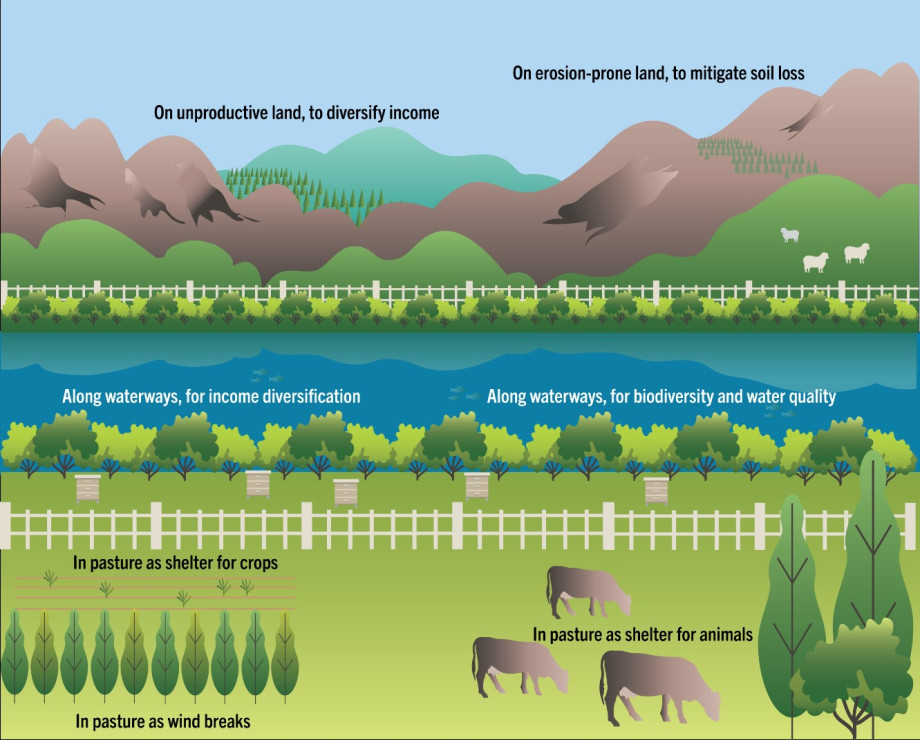
You can plant almost anywhere on your land, depending on why you are planting. You can plant:
- on and around pasture and crops, as windbreaks, shelter, and food
- on erosion-prone slopes, to help prevent soil loss
- on other non-productive land, to diversify income
- around waterways, to improve water quality and biodiversity. This can also diversify your income (for example if you are planting mānuka to produce oil or honey).
Types of planting
How densely you plant and how you’ll need to manage stock, will depend on where and why you’re planting.
Scattered trees
Planting trees at a low density (scattered) can provide shade and shelter for stock and reduce the risk of erosion.
Stock access: Full access.
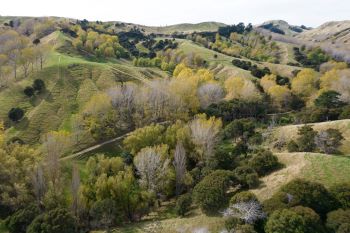
Riparian
Riparian areas create a boundary between farmlands and waterways. They stabilise stream banks and enhance stream ecosystems.
If connected to other areas reverting to native bush, this will create a wildlife corridor. This happens when trees that cross the landscape link up areas of habitat.
Riparian areas can be separated into:
- the lower bank zone - the zone closest to a stream. This zone floods often and you can help stabilise banks by planting species like mānuka.
- the upper bank zone – this zone floods less often and is suitable for planting trees.
Stock access: Exclude grazing stock.
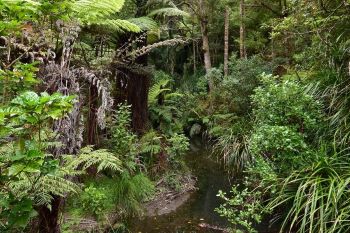
Seed islands
Pockets of native trees close to areas that you want to revert to native bush, particularly sheltered sites to help the growth of new species.
Once trees form a closed canopy for new seedlings to emerge, the canopy will grow outwards. Birds may distribute seeds as they travel and often rest on fences, so regeneration of trees around fence lines is common.
Stock access: Exclude grazing stock.
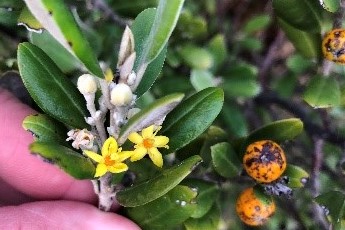
Woodlot
Small blocks of land (less than 2ha) that are planted in trees only. If the land is marginal and difficult to access, it may not be possible to harvest trees. In these cases, it may be worth considering reverting to native bush.
If the land is eligible to enter into the Emissions Trading Scheme (ETS), you could also consider planting natives or exotic species such as redwoods. Both can provide income from carbon credits.
Stock access: Limited access or exclude grazing stock.
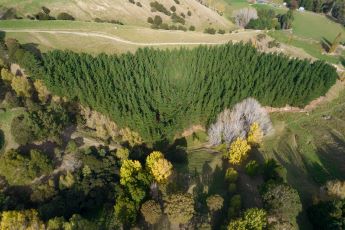
Shelter belt
Shelter belts provide shade and shelter for livestock, and occasionally food, which may be dependent on the species. You can plant shelter belts in a single row, or in multiple rows to improve biodiversity and reduce wind speed.
Stock access: full access.
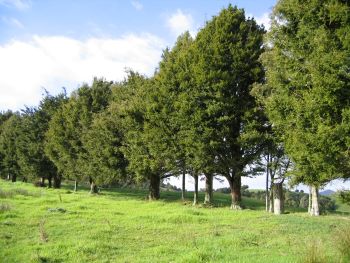
Spaced trees
Trees planted in the landscape at a medium density can provide shade and shelter for stock, as well as reducing the risk of erosion.
Stock access: Full access for stock, which can also help with weed control.
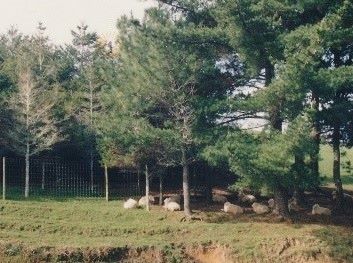
Plantation-scale forestry
Trees planted for future harvest, commonly to improve investments. Importantly, there are factors that can influence timber investments, including:
- climate suitability
- how quickly the species of tree grows (growth rates)
- location on your farm and how accessible it is (tracks)
- access to labour and forestry contractors
- distance to port
- the market for the type of timber, all of which are location-specific.
Stock access: Limited access or exclude grazing stock.
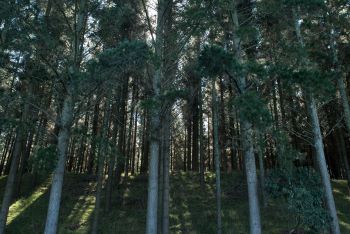
Choosing your species
The species you choose to plant will depend on your goals, where you’re planting, and on attributes of your land, including:
- the soil type
- the amount of rainfall
- the altitude of the site
- mean annual temperature
- wind, and if it’s salt laden
- depth to water table and whether it’s free draining or has poor drainage.
You need to choose species that will grow well in the location you’ve chosen. If you choose a species not suited to the planting site, you may not achieve your goals.
Look around to see what grows well in your area. You may also want to get expert advice about the species that will grow best on your particular site. This may include soil testing and evaluation of structure or slopes to help identify species suited to the area, particularly with high-value timbers planted for harvest.
Planting for timber
Trees you plant may generate income from carbon credits (if eligible to be registered in the ETS) and can also be profitable when timber is harvested and sold.
Radiata pine
Radiata pine is the most common timber species, with consistent growth and availability. There is a lot of expertise and data available to support planting decisions.
Alternative or native species
Native species can generate income from carbon credits, harvesting and other sources, such as planting mānuka for honey.
There are a number of initiatives to establish markets for high-value timbers such as macrocarpa, redwoods, and eucalyptus.
Portable sawmilling operations can cater for all small-scale timber harvesting and can be brought on site when needed, in accordance with specific forestry rules and regulations and indigenous forestry standards and guidelines. See below for more information on harvesting and milling native (indigenous) timber.
More information
This fact sheet is based on research by Perrin Ag Consultants and AgResearch supported by funding from the One Billion Trees Partnership Fund, Te Uru Rākau – New Zealand Forest Service/Ministry for Primary Industries.
The full report is linked below.